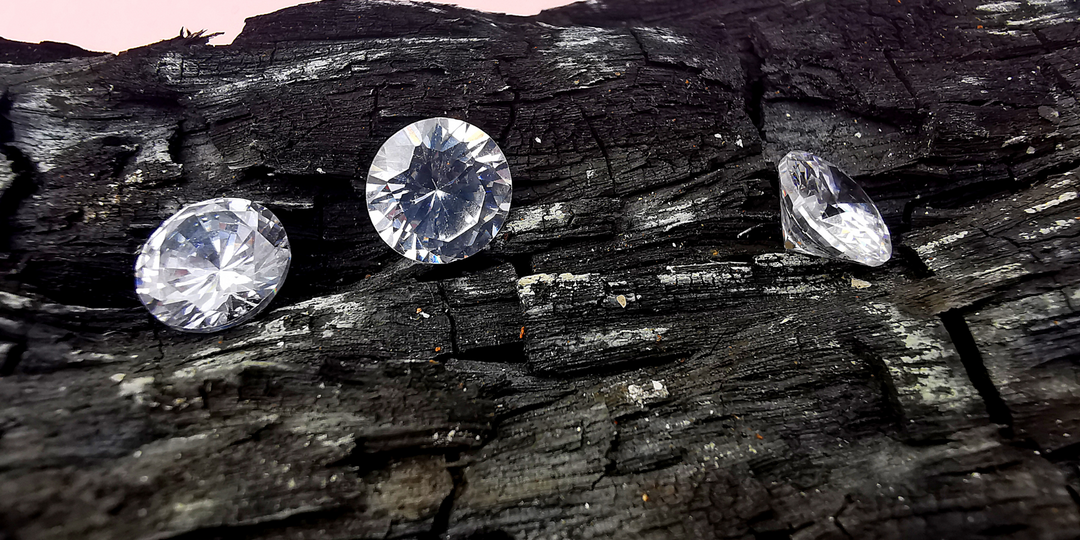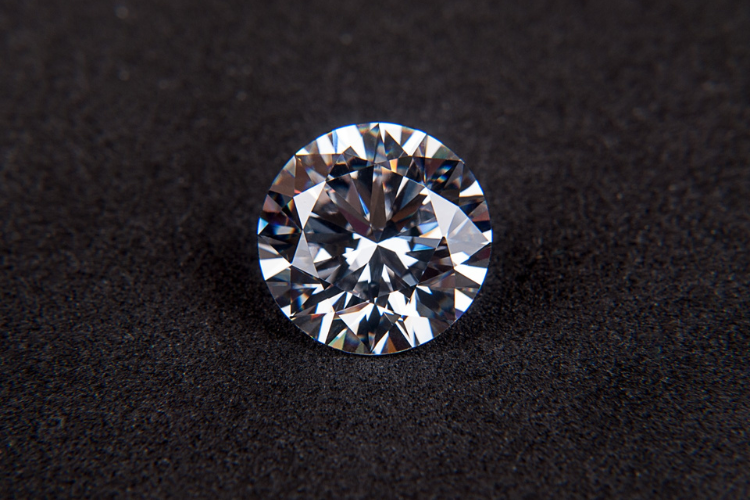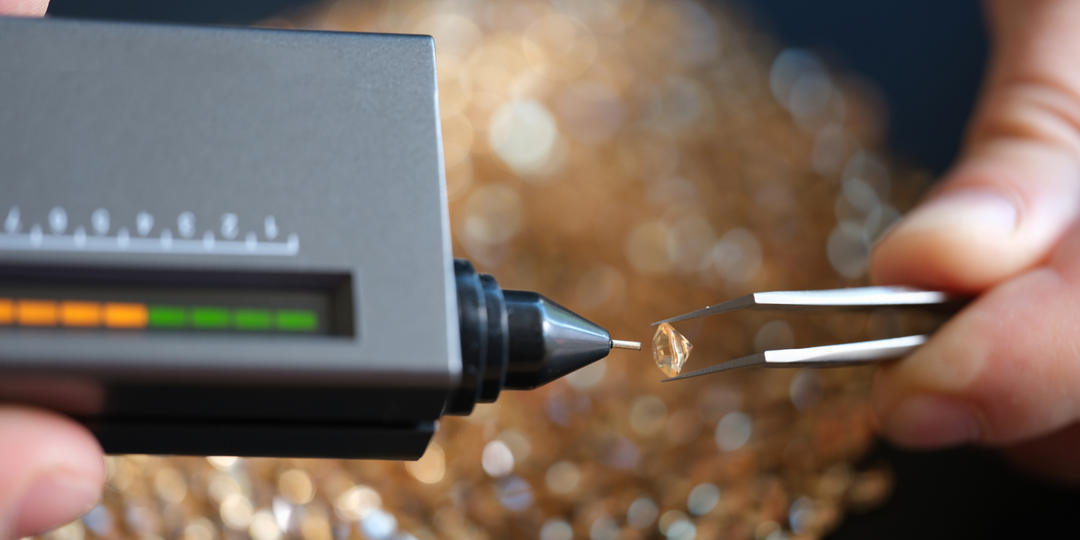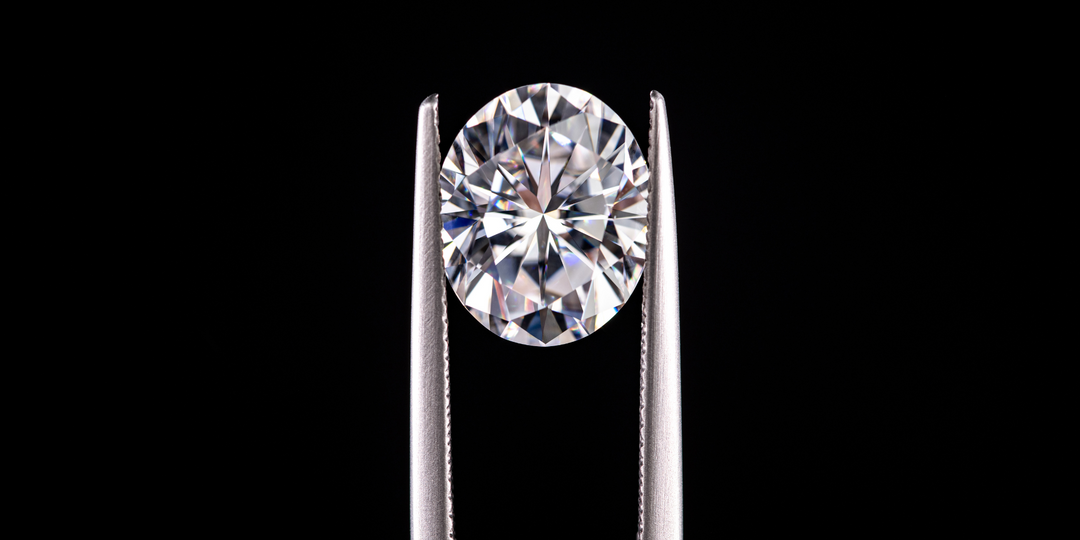Certified Vs. Uncertified Diamonds: Which One Should You Choose?
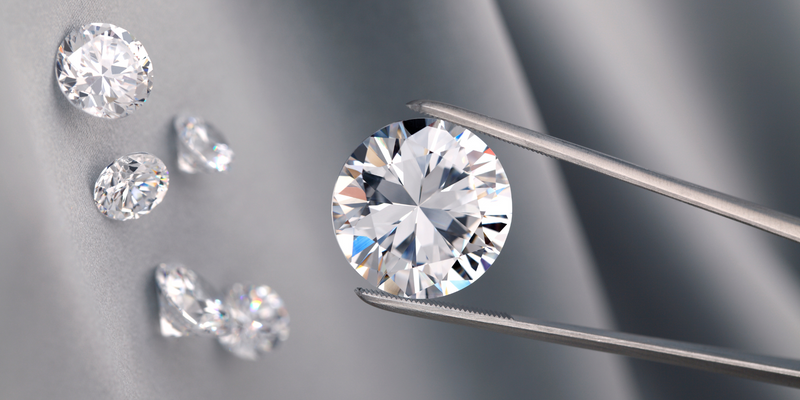
From size and shape to sparkle and setting, there’s much to consider. But one decision that often gets overlooked is whether to choose a certified or uncertified diamond. While both options have their merits, they cater to very different needs and preferences.
A certified diamond comes with a detailed report from an independent lab, offering clarity and confidence in your purchase. An uncertified diamond, on the other hand, skips the formal grading process, often making it more affordable but leaving you to rely on trust and instinct.
So, how do you decide which one is right for you? Let’s break it down step by step so you can make a choice that feels just as brilliant as the diamond itself.
What is a Certified Diamond?

An independent organization has graded a certified diamond. These organizations use specific standards to evaluate the diamond's quality. The grading process involves looking at several factors, like how clear the diamond is, its color, cut, and carat weight. Once the evaluation is done, the organization issues a report that provides detailed information about the diamond.
The certification isn’t just a piece of paper, but it’s a guarantee of sorts. It tells you exactly what you’re getting, down to the smallest detail. For example, if the report says the diamond has no visible flaws under magnification, you can trust that statement because it comes from experts who specialize in diamonds. This kind of documentation makes comparing one diamond to another easier and ensures transparency in the buying process.
Some of the most well-known organizations that certify diamonds include the Gemological Institute of America (GIA), the American Gem Society (AGS), and the International Gemological Institute (IGI). Each of these groups has its methods, but they all aim to provide accurate and reliable assessments. If you’re buying a certified diamond, you’ll often get a copy of this report along with your purchase.
What is an Uncertified Diamond?
An uncertified diamond has not gone through the formal grading process. This doesn’t mean it’s a bad diamond or that it’s fake, but it simply means there’s no official document detailing its qualities. Many uncertified diamonds are perfectly fine; they just haven’t been sent to a lab for evaluation.
Uncertified diamonds are often sold directly by jewelers or private sellers. Since they don’t come with a certification, the seller might provide their assessment of the diamond’s quality. However, this assessment isn’t backed by the same level of expertise as a certified report, so it’s important to take it with a grain of caution.
One reason people choose uncertified diamonds is cost. Skipping the certification process can save money, which is passed on to the buyer. But this also means you’ll need to rely more on your knowledge or the trustworthiness of the seller to determine if the diamond is worth the price.
Key Differences Between Certified and Uncertified Diamonds
The main difference between certified and uncertified diamonds lies in the level of assurance you get. With a certified diamond, you know exactly what you’re paying for because the report breaks down every aspect of the stone. An uncertified diamond, on the other hand, leaves more room for guesswork.
Certified diamonds tend to be more consistent in terms of quality. Since they’ve been evaluated using standardized criteria, you can compare two certified diamonds side by side and know which one ranks higher in clarity, color, or cut. With uncertified diamonds, it’s harder to make these comparisons because there’s no universal standard to refer to.
Another key difference is pricing. Certified diamonds usually cost more because of the added value of the certification itself. The process of grading a diamond takes time and expertise, and those costs are reflected in the final price. Uncertified diamonds, being less formally assessed, are often priced lower, but this discount comes with trade-offs.
Lastly, resale value is something to consider. A certified diamond typically holds its value better because the certification serves as proof of its quality. An uncertified diamond might be harder to sell later on since potential buyers won’t have the same level of confidence in its characteristics.
Pros and Cons of Certified Diamonds
Pros:
-
Transparency: The biggest advantage of certified diamonds is the transparency they offer. You get a detailed report that spells out everything about the diamond, so there’s no mystery involved.
-
Quality Assurance: Since the diamond has been graded by professionals, you can trust that the information is accurate. This reduces the risk of overpaying for a stone that doesn’t meet your expectations.
-
Easier Comparisons: When shopping for a diamond, having a certification makes it much simpler to compare different stones. You can look at the reports and see which one offers the best combination of qualities within your budget.
-
Better Resale Value: If you ever decide to sell the diamond, having a certification can make the process smoother. Buyers are more likely to trust a certified diamond, which can help you get a fair price.
Cons:
-
Higher Cost: The certification process adds to the overall cost of the diamond. If you’re working with a tight budget, this extra expense might not be ideal.
-
Limited Selection: Not all diamonds are sent for certification, especially smaller or lower-quality stones. This means your options might be more limited if you’re set on buying only certified diamonds.
-
Overemphasis on Paperwork: Some people argue that certifications place too much focus on numbers and grades, potentially overlooking the beauty and uniqueness of the diamond itself.
Pros and Cons of Uncertified Diamonds
Pros:
-
Lower Price: Without the certification fee, uncertified diamonds are often more affordable. This can be a great option if you’re trying to stretch your budget further.
-
Choice: Since not all diamonds are certified, choosing an uncertified stone gives you access to a wider range of options. You might find a unique diamond that stands out but wouldn’t qualify for certification due to minor imperfections.
-
Personal Trust: Buying an uncertified diamond allows you to build a relationship with the seller. If you trust the jeweler, you might feel comfortable relying on their expertise instead of needing a formal report.
Cons:
-
Lack of Transparency: Without a certification, you’re taking the seller’s word for the diamond’s quality. This can be risky, especially if you’re not experienced in evaluating diamonds yourself.
-
Harder to Compare: It’s difficult to compare uncertified diamonds because there’s no standardized way to assess them. What one seller calls “excellent” might differ from another’s definition.
-
Resale Challenges: Selling an uncertified diamond can be tricky. Potential buyers may hesitate to pay top dollar without proof of the diamond’s quality, which could affect how much you get for it.
Should You Buy a Certified or Uncertified Diamond?
Deciding between a certified and uncertified diamond depends on your priorities. If you want peace of mind and are willing to pay a bit more for it, a certified diamond is likely the better choice. The certification gives you confidence in the diamond’s quality and makes it easier to shop around.
On the other hand, if you’re confident in your ability to judge a diamond or if you trust the seller, then you might opt for an uncertified diamond to save money. This route works best if you’re buying from a reputable jeweler who has a long track record of satisfied customers.
For engagement rings or high-value purchases, many experts recommend sticking with certified diamonds, and we also suggest that you should always go with certified diamonds. These pieces are often sentimental and meant to last a lifetime, so knowing exactly what you’re getting is crucial. For smaller items like earrings or pendants, uncertified diamonds might be a practical compromise.
Ultimately, the decision comes down to your budget, preferences, and how much importance you place on having documented proof of the diamond’s qualities.
How to Verify a Diamond’s Certification?
If you decide to buy a certified diamond, it’s essential to verify the certification to ensure it’s legitimate. Here’s how you can do that:
Check the Grading Lab
Start by confirming which organization issued the certification. Reputable labs like GIA, AGS, and IGI are known for their rigorous standards. Be cautious of lesser-known labs, as their certifications might not carry the same weight.
Look Up the Report Number
Most certification reports come with a unique number. You can enter this number on the issuing lab’s website to pull up the full report online. This step confirms that the report matches the diamond you’re considering.
For instance, if you purchase a certified IGI lab grown diamond ring from us, you can easily verify its authenticity. Simply visit the IGI website and enter the diamond's unique identification number to access and download its certification report.
Similarly, if you're considering a moissanite stone, many reputable sellers also provide certification reports for their moissanite gems. These reports are typically issued by recognized grading laboratories and include specific details about the moissanite’s characteristics, such as its size, shape, and brilliance. Just like with diamonds, you can verify the authenticity of a moissanite report by entering the unique identification number on the issuing lab’s website.
Compare the Details
Once you have the report, compare its details to the actual diamond. Check the carat weight, measurements, and any identifying marks listed in the report. They should match the stone you’re inspecting.
Ask for a Second Opinion
If you’re unsure about the certification or the diamond itself, consider taking it to an independent appraiser. They can double-check the stone’s qualities and confirm whether the certification is accurate.
Accessory Tools
There are tools available, like diamond testers, that can help verify a diamond’s authenticity. While these aren’t substitutes for professional certification, they can give you additional peace of mind.
By following these steps, you can ensure that the certified diamond you’re buying is genuine and accurately represented.
Conclusion
Deciding between a certified and uncertified diamond can be challenging, but understanding the key differences will help you make a choice that best suits your needs. Certified diamonds offer transparency, quality assurance, and better resale value, making them a solid choice for significant purchases. Uncertified diamonds, while less expensive, require more trust in the seller and come with some risks.
Whether you prioritize documentation or are comfortable relying on your instincts, the key is to do your homework. Research the seller, ask questions, and don’t hesitate to seek expert advice. At the end of the day, the right diamond is the one that fits your budget, meets your expectations, and makes you happy.

